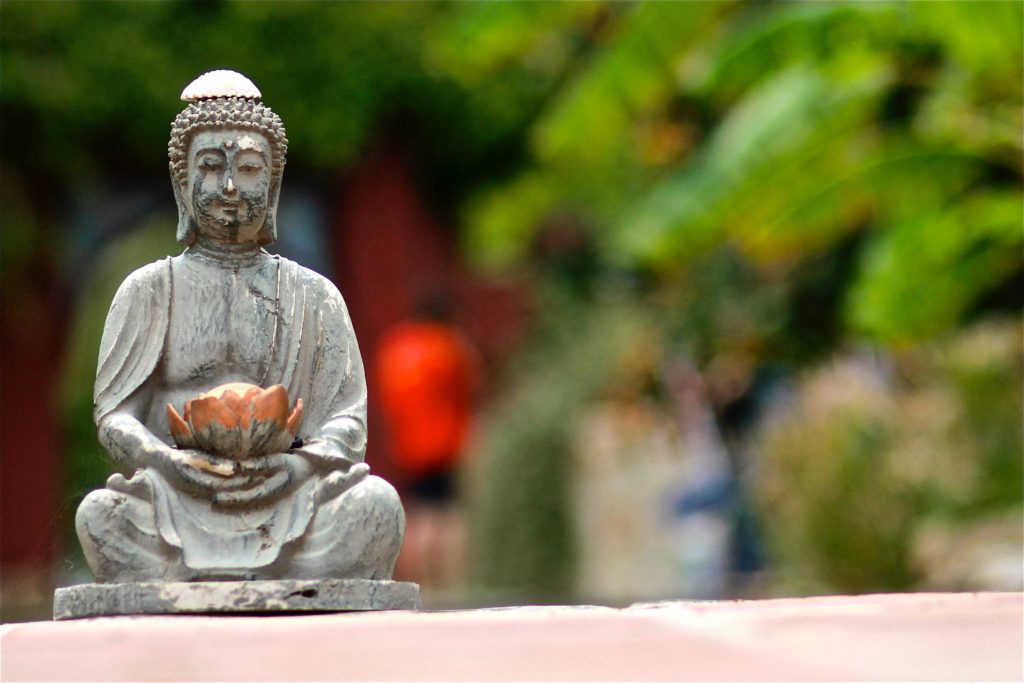
The Theft of History – Distorting Buddhist History in India
History is the record of the past, and as George Orwell said, it remains in the forms of the material records and memory and both records and memories can be changed. All over the places, the dominant classes have tried to distort history to suit their interests and Indian history is also distorted to the large extent to suit the interests of a group of people. Indians, unlike Chinese, never cared to write their histories or keep the records of the historical happening. The Chinese even today can trace their ancestral roots back to many generations and have maintained records of the historical events and its continuity.
India owes to the modern day Indologists from Europe as much as to the Chinese travelers, particularly, the Buddhist monks who came to India crossing mountains and deserts and maintained a clear and precise account of their travel plan. The stolen or lost history of India was recovered by the modern day Indologists and the Chinese travelers.
Buddhism was perhaps the first global movement preceding other movements, both religious and cultural, that swept the humanity towards positive human values of compassion, humanity, and wisdom. The Buddha brought new light in the world. The advent of Buddhism followed by the enlightened rule of emperor Ashoka brought Indian subcontinent at the center of world civilisation. Ashoka not only spread Buddhism but also spread and supported arts, aesthetics, practical methods to build new structures, principles of governance to name a few gifts of Ashoka.
Ashoka saw in Buddhism a path towards enlightened society and Noble prize winner economist, Amartya Sen, compares his rule with the welfare state. He was a devoted Buddhists who tried to preserve the memory of his great master the Buddha and his legacy. He gave a solid material support to the preservation of the Buddha’s remains. When the Buddha died, his remains were divided into 8 parts and big stupas were built on them.
Ashoka got all the remains together and divided into 84000 parts and built monuments in the memory of the Great Buddha. He also marked the places associated with the life of the Buddha, including Buddha’s birthplace, the place where he got enlightened, the place where the Buddha attained Mahaparinirvana to name just a few, but important places. He identified minor places associated with the Buddha and erected pillars to guide people. The place where the Buddha was born, he erected a pillar and he got “Idh Buddha Jayate” (the Buddha was born here) inscribed on the stone pillar. What happened to that Buddhist history and historical places?
All that is distorted and destroyed. All the traces of Buddhist history was either distorted or destroyed or converted into the false view.
It began to change when the modern day Archaeologists from France, England, and Germany tried to exhume India’s path. Though they discovered millions of material remains to support the claim that Buddhism was the religion of this land for a long time and that it influenced every aspect of Indian civilisation.
If it had not been for the records that the Chinese pilgrimage maintained, it would have become difficult to understand what exactly happened in the Indian history. The Europeans Indologists and archaeologists relied on the Chinese accounts to map various places and even to discover new places associated with the Buddhism in India in their attempts to find and preserve Buddhist history.
Author – Mangesh Dahiwale, Human Rights Activist




Like post on Indian history and Ambedkar books and ideas.